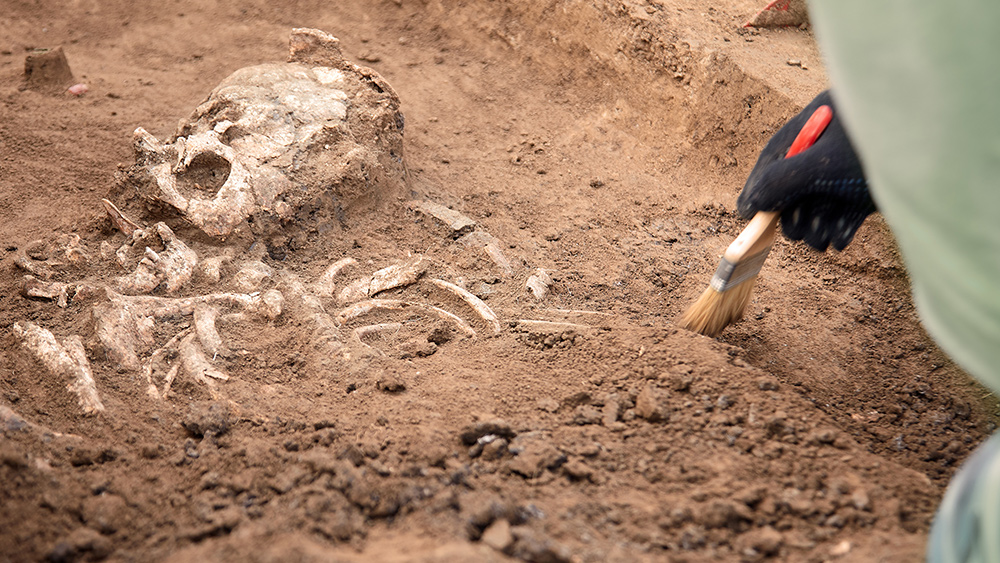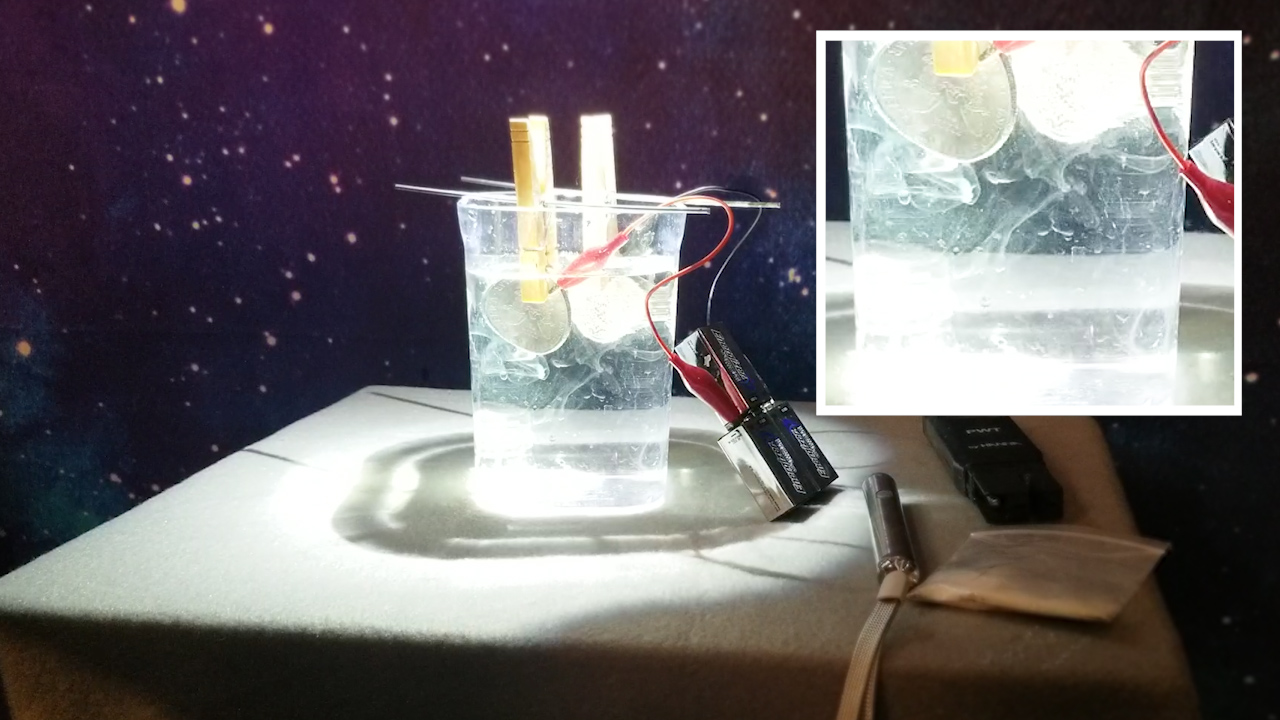Location of “Great Revolt” mentioned in Rosetta Stone discovered in Egypt
02/08/2023 / By Kevin Hughes

The location of the “Great Revolt” mentioned in the Rosetta Stone artifact has been discovered in Egypt.
First discovered in 1799, the tri-lingual Rosetta Stone included a decree recorded in 196 B.C. during the reign of Pharaoh Ptolemy V. The decree coincided with the Great Revolt that lasted from 207 B.C. to 184 B.C. – a clash between the ancient Egyptians and the Ptolemaic Kingdom. The Ptolemic period, which lasted between 304 B.C. to 30 B.C., was established by Ptolemy V’s ancestor Ptolemy I Soter – one of Alexander the Great’s Macedonian generals.
The Rosetta Stone was not the only artifact that made mention of the Great Revolt, as other historical texts also mentioned it. But thousands of years after it ended, archaeologists have found one of the battlefields where it occurred.
Work began on the Tell Timai site in northern Egypt back in 2009, thanks to the University of Hawaii‘s Tell Timai Archaeological Project (TTAP). The site was formerly the location of the Greco-Roman industrial city Thmouis. The TTAP sought to learn more about Thmouis and its role in ancient Egypt.
While initial work deemed Thmouis as the “ground zero” of a brutal conflict, researchers were in the dark about what it was. It was only after continued digging that they uncovered the remains of several buildings burned to the ground. Several artifacts such as ballista stones and a headless statue depicting Queen Arsinoe II, the daughter of Ptolemy I Soter, were also unearthed.
Other artifacts including coins picked from a home’s floorboard and potsherds helped the archaeologists determine the period they were minted and made – in this case, the Ptolemaic period.
The team’s discoveries were published on Dec, 27, 2022 in the Journal of Field Archaeology.
Unburied bodies in Tell Timai sending a message
The archaeologists also found an abundance of unburied ancient human remains scattered around what was once Thmouis. Their identities are unclear, however, with scientists positing that they could either be Greek residents of the city overtaken by the conflict or Egyptians who died defending the town.
“At first I was seeing things that piqued my curiosity and began to realize that we were looking at the destruction layer. And then we started finding bodies,” said archaeologist and TTAP Co-Director Jay Silverstein. He added that ancient Egyptians were meticulous in burying their dead both before and after the Ptolemaic dynasty came into power.
“In Egypt, people pay a lot of attention to burying people, so to have people unburied tells you a lot. All these findings were sending a message that there was some event here in history and we had to figure out what it was.” (Related: Archaeologists uncover a dark chapter in Ancient Egyptian history: 60 Mummies found with evidence of GRUESOME deaths.)
While the Great Revolt was not the only revolution organized by the Egyptians against their Hellenic rulers during the Ptolemaic dynasty, it was the biggest and longest-lasting conflict. “The evidence of conflict and destruction at northern Thmouis is unequivocal, and the timing is well-placed … and thus coincides with the Great Revolt,” the researchers noted in their paper.
They expressed hope that with the discovery of Thmouis, more understanding of life in Ptolemaic Egypt – the last ancient Egyptian dynasty – will emerge.
“[Archaeologists have] opened a new door into our understanding of Hellenistic colonialism, indigenous resistance and the mechanisms of control, including the brutality of the Macedonian dynasty’s rule of Egypt,” Silverstein said.
Find more stories like this at Artifacts.news.
Watch this video about the Cleopatra’s Needle in London, one of two obelisks built by the queen.
This video is from the END TIME NEWS channel on Brighteon.com.
More related stories:
Dig reveals 2,600-year-old military castle that withstood “serious” attacks.
Archaeologists discover ruins of Mayan civilization in Guatemala using LiDAR technology.
Sources include:
Submit a correction >>
Tagged Under:
Ancient Egypt, Archaeology, artifacts, breakthrough, discoveries, Great Revolt, human remains, Ptolemaic Kingdom, real history, research, Rosetta Stone, ruins, Tell Timai site, Thmouis
This article may contain statements that reflect the opinion of the author




















